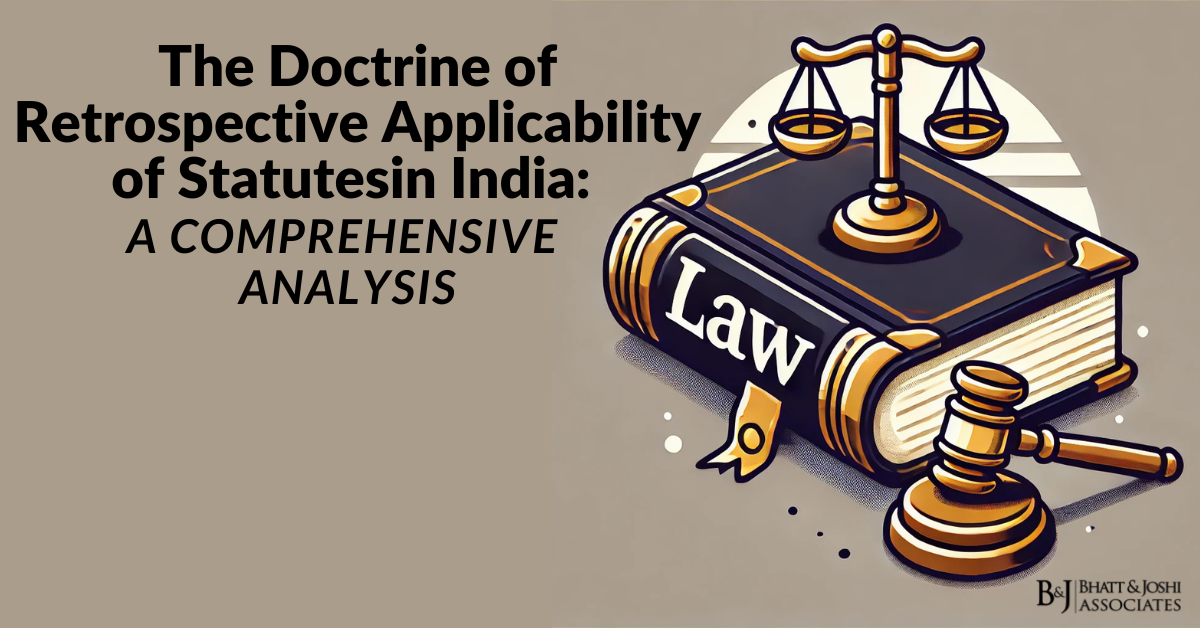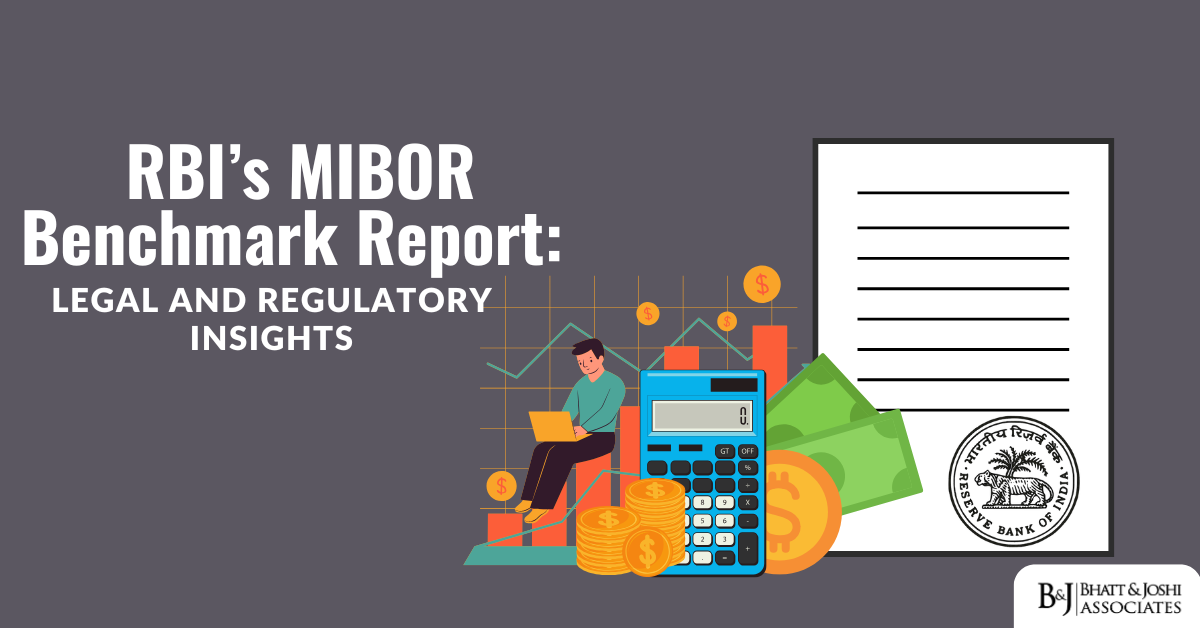
Introduction: The Paradigm Shift in Consumer Rights under Insolvency Law
The introduction of the Insolvency and Bankruptcy Code (IBC) in 2016 marked a watershed moment in India’s corporate law landscape. This groundbreaking legislation not only revolutionized the approach to corporate insolvency but also significantly altered the position of consumers within the insolvency resolution framework. The IBC’s impact has been particularly pronounced in cases where companies facing insolvency have left consumers in precarious situations, transforming ordinary transactions into complex legal entanglements. This comprehensive analysis delves into the nuanced treatment of different consumer categories under the IBC, with a particular focus on the stark contrast between homebuyers and other consumers, such as airline ticket holders.
The Unexpected Creditor: Consumers in the Insolvency Maze
Consider the plight of a traveler who books a flight for a long-anticipated journey, only to discover that the airline has declared insolvency the very next day. Or picture a homebuyer who has invested their life savings into a real estate project, later learning that the developer has filed for bankruptcy. These scenarios, increasingly common in today’s volatile economic landscape, thrust ordinary consumers into the complex world of insolvency proceedings, often without warning or preparation. The IBC, while primarily designed to address the claims of financial and operational creditors, does provide avenues for consumers to assert their rights. However, the effectiveness of these provisions varies significantly depending on the category of consumer, creating a complex and often confusing landscape for those seeking redress.
Homebuyers vs. Other Consumers: From Legal Limbo to Financial Creditor Status
The journey of homebuyers under the IBC is a testament to the evolving nature of insolvency law in India. Initially, the classification of homebuyers within the IBC framework was ambiguous, leading to significant legal uncertainty and inconsistent judicial interpretations.
The 2018 Amendment: A Landmark Shift
The turning point came in 2018 with a crucial amendment to the IBC. This amendment introduced an explanation under Section 5(8)(f) of the Code, explicitly recognizing homebuyers who had made payments for property allotments as “financial creditors.” This reclassification was not merely a semantic change; it represented a fundamental shift in the legal status of homebuyers, empowering them to initiate Corporate Insolvency Resolution Processes (CIRP) against defaulting developers. The implications of this amendment were far-reaching. Homebuyers, previously relegated to the sidelines of insolvency proceedings, could now actively participate in the Committee of Creditors (CoC), giving them a voice in crucial decisions regarding the fate of insolvent real estate companies.
Judicial Affirmation and Interpretation
The Supreme Court of India played a pivotal role in cementing the rights of homebuyers under the IBC. In landmark cases such as Chitra Sharma v. Union of India and Bikram Chatterji v. Union of India, the apex court not only upheld the validity of the 2018 amendment but also emphasized the need to protect homebuyers’ interests in insolvency proceedings. These rulings went beyond mere affirmation of the legislative change. They provided crucial guidance on how the rights of homebuyers should be interpreted and applied in practice. For instance, the court stressed the importance of including homebuyers in the CoC, ensuring that their collective interests were represented in key decisions regarding the resolution of insolvent real estate companies.
The “Commercial Effect of Borrowing” Doctrine
A significant development in the jurisprudence surrounding homebuyers’ rights came from the National Company Law Appellate Tribunal (NCLAT) in the case of Nikhil Mehta and Sons (HUF) v. AMR Infrastructure Ltd. This ruling introduced the novel concept of the “commercial effect of borrowing.” The NCLAT held that funds raised by developers through assured return schemes effectively had the commercial characteristics of a borrowing. This interpretation broadened the scope of what could be considered a financial debt under the IBC, further solidifying the position of homebuyers as financial creditors.
Constitutional Validity and Broader Interpretation
The constitutional validity of treating homebuyers as financial creditors was challenged but ultimately upheld by the Supreme Court in the Pioneer Urban Land and Infrastructure Limited case. This ruling was significant not just for its affirmation of the legislative amendment but also for its broader interpretation of key concepts under the IBC. The court expanded the understanding of “borrowing” to include advances given by homebuyers to developers. By equating the delivery of a flat or apartment to returning “something equivalent” to money, the court firmly established such transactions as financial in nature. This interpretation provided a robust legal foundation for the treatment of homebuyers as financial creditors, aligning the law with the economic realities of real estate transactions.
RERA vs. IBC: Navigating Parallel Legal Regimes
The introduction of the Real Estate (Regulation and Development) Act (RERA) in 2016 created a scenario where homebuyers had access to parallel legal remedies. The coexistence of RERA and the IBC has led to complex legal questions regarding which law takes precedence in different scenarios. The Manish Kumar vs. UOI case provided crucial clarity on this issue. The court highlighted that while RERA offers specific remedies aimed at ensuring timely delivery of properties or providing compensation, the IBC provides a different avenue – one that allows for the replacement of the management of the corporate debtor to rehabilitate the company. This distinction is crucial for homebuyers to understand. While RERA focuses on project-specific remedies, the IBC offers a more holistic approach to addressing developer insolvency, potentially leading to outcomes that affect the entire company rather than just individual projects.
The Swaraj Infrastructure Case: Clarifying Procedural Distinctions
Further clarity on the practical implications of choosing between RERA and IBC came from the Swaraj Infrastructure (P) Ltd. v. Kotak Mahindra Bank Ltd. case. This ruling elucidated the fundamental differences in the nature of proceedings under these two laws. The court emphasized that an IBC proceeding becomes a proceeding in rem – affecting the rights of all stakeholders, not just the individual who initiated it. This characteristic means that once an IBC process is triggered, it can lead to outcomes that are beyond the control of the individual allottee who started the process. This distinction is crucial for homebuyers to consider when choosing their legal recourse. While RERA might offer more direct and predictable outcomes for individual homebuyers, the IBC process could lead to more comprehensive restructuring of the developer company, potentially affecting all projects and stakeholders.
The Other Side of the Coin: Homebuyers vs. Other Consumers as Operational Creditors
While homebuyers have seen their position strengthened under the IBC, the same cannot be said for other categories of consumers. Consumers in sectors such as aviation, hospitality, or retail are typically classified as operational creditors under the IBC. This classification stems from the nature of their transactions, which are seen as arising from the provision of goods or services rather than financial transactions.
The Jet Airways Insolvency: A Case Study in Consumer Vulnerability
The insolvency proceedings of Jet Airways provide a stark example of how non-homebuyer consumers are treated under the IBC. In this high-profile case, ticket refund claimants – numbering over 5,000 and claiming approximately Rs 3,120 crores – were categorized as operational creditors. This categorization had significant implications for these consumers. Unlike financial creditors, operational creditors do not have voting rights in the Committee of Creditors (CoC) and generally have a lower priority in the distribution of assets during the resolution process. The Jet Airways case highlighted the vulnerability of consumers in sectors prone to sudden insolvencies. It raised important questions about the adequacy of consumer protection in such scenarios and whether the current framework of the IBC sufficiently addresses the rights of all types of consumers.
Analyzing the Disparities: Financial vs. Operational Creditors
The distinction between financial and operational creditors under the IBC was clarified in the Swiss Ribbons Pvt. Ltd and Ors vs Union of India case. This ruling provided crucial interpretations that have shaped the understanding of these categories. Financial creditors are defined as those to whom a debt is owed in exchange for the time value of money. This category typically includes banks and other financial institutions that provide loans or other forms of financial assistance. Operational creditors, on the other hand, are those owed a debt arising from the provision of goods or services. This category includes suppliers, service providers, and, crucially, most types of consumers outside the real estate sector. This distinction has significant practical implications. Financial creditors have a more prominent role in the insolvency resolution process, including voting rights in the CoC and generally higher priority in asset distribution. Operational creditors, while able to initiate insolvency proceedings, have more limited rights once the process begins.
The Case for Equitable Treatment
Given the similarities in the nature of transactions between homebuyers and other consumers – both involving advance payments for future goods or services – there is a compelling argument for treating them similarly under the IBC.
Consider the parallels:
- Advance Payment: Both homebuyers and airline ticket purchasers make payments in advance for a future service or product.
- Risk of Non-Delivery: In both cases, consumers face the risk of non-delivery if the company becomes insolvent.
- Lack of Alternatives: Once a company enters insolvency, consumers in both categories often find themselves without immediate alternatives to recover their investments.
- Long-Term Financial Impact: The financial loss for both types of consumers can be significant, often representing substantial personal investments.
These similarities suggest that the rationale for classifying homebuyers as financial creditors could potentially be extended to other consumer categories. Recognizing ticket consumers and similar groups on par with homebuyers could ensure more equitable protection of their interests in insolvency proceedings.
Potential Reforms and Future Outlook
As India’s insolvency regime continues to evolve, there is a growing need to address the disparities in consumer treatment under the IBC. Several potential reforms could be considered:
- Expanding the Definition of Financial Creditors: Lawmakers could consider broadening the definition of financial creditors to include other consumer groups who make significant advance payments.
- Creating a Specialized Consumer Creditor Category: Introducing a new category specifically for consumer creditors could allow for tailored provisions that balance the needs of consumers with the broader goals of the insolvency process.
- Enhancing Operational Creditor Rights: Improving the rights and protections afforded to operational creditors, particularly in cases involving large numbers of individual consumers, could help address the current imbalance.
- Sector-Specific Provisions: Given the unique characteristics of different industries, sector-specific provisions within the IBC could be developed to address the particular vulnerabilities of consumers in areas like aviation, hospitality, and retail.
- Integration with Consumer Protection Laws: Greater integration between the IBC and existing consumer protection laws could create a more comprehensive framework for safeguarding consumer interests in insolvency scenarios.
Conclusion: Towards a More Inclusive Insolvency Framework
The evolution of the IBC has undoubtedly improved the position of homebuyers in insolvency proceedings, marking a significant step forward in consumer protection within the real estate sector. However, the disparity in treatment between different categories of consumers highlights the need for further refinement of the law. As India continues to develop its insolvency framework, addressing these inconsistencies will be crucial in ensuring fair and equitable treatment for all consumers affected by corporate insolvencies. The challenge lies in balancing the rights of consumers with the broader objectives of the insolvency resolution process, which include maximizing asset value and ensuring the continuation of viable businesses. Looking ahead, policymakers and the judiciary must consider harmonizing the treatment of various consumer categories under the IBC. This could involve expanding the definition of financial creditors, creating specialized categories for consumer creditors, or developing more nuanced approaches to different types of consumer transactions. Such reforms would not only enhance consumer protection but also contribute to greater stability and confidence in India’s business environment, particularly in sectors prone to insolvencies like real estate, aviation, and retail. By ensuring that all consumers have adequate protections and recourse in insolvency scenarios, India can build a more robust and equitable insolvency regime that serves the interests of all stakeholders in the economy. The journey of consumer rights under the IBC is far from over. As the law continues to evolve through legislative amendments and judicial interpretations, it is crucial that the voices and interests of all consumer groups are considered. Only through such comprehensive and inclusive development can the IBC truly fulfill its promise of creating a fair, efficient, and effective insolvency resolution framework for India’s dynamic and growing economy.













